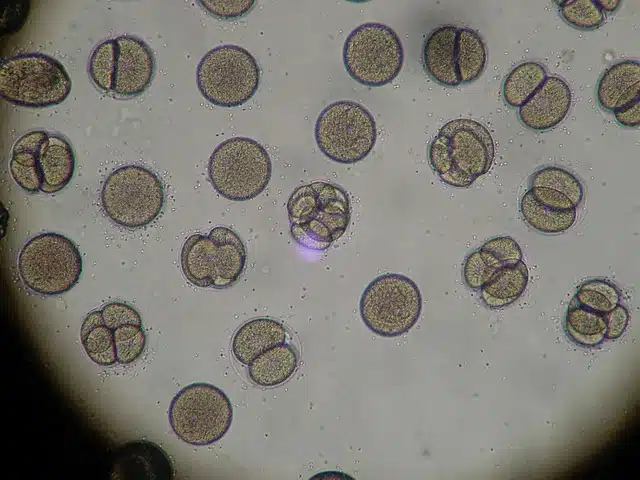
Morphogenesis is the process that an organism develops until it adopts its shape.
The notion of morphogenesis is used with reference to the process that an organism goes through to adopt its shape . Through morphogenesis, the embryo develops the structure corresponding to its species through successive changes in tissues, organs and at a global level.
Morphogenesis allows a system to be viable. Thanks to its development, it enables the growth and adaptation of the being based on the spatial distribution and organization of the cells .
There are specialized substances called morphogens that direct growth patterns , carrying the messages needed for cell differentiation . Thus each living being adopts its appearance according to morphogenesis.
Morphogenesis and shapes
The cells involved in shape changes have properties such as adhesiveness , contractility and motility . These particularities mean that, starting from identical cells, differentiations then occur.
Morphogenesis, therefore, is linked to the origin of forms, as its etymological root even indicates. The process can be understood as what guides the cells to develop in an orderly manner in the different stages that lead to the formation of the organism .
In morphogenesis it is possible to recognize aspects such as the embryonic process , cell growth and cell differentiation . The information that determines the mode of development is recorded in the nucleus of the cell, where the hereditary data is contained.
Morphogenesis, in short, is the governing principle that presents what is necessary to activate the cellular and biological mechanisms that shape the organism.

With morphogenesis, the embryo acquires the structure corresponding to its species through successive changes.
The development of the embryo
Throughout embryo development , differential affinities restrict cells to different layers. This can take place in several ways; for example, through cell-to-cell molecular adhesions. If we carry out a crop, those with a higher degree of adhesion are directed to the center of the mixture.
The history of morphogenesis takes us to the first half of the 20th century. The oldest studies in this field were carried out by Alan Turing and D'arcy Wentworth Thompson , two British scientists, based on the supposed influence of the way in which physical and mathematical functions have on the development and growth of embryos, that is, at the moment in which the biological and cellular mechanisms are activated.
The work of Turing and Wentworth Thompson gave rise to another investigation, which opened the doors to the discovery of the structure of DNA in 1953, based on certain X-ray diffraction data collected by scientists Rosalind Franklin, Francis Crick and James D . It also served to promote the emergence of biochemistry and molecular biology.
These three discoveries were very useful for the field of morphogenesis. It is important to note that at that time it had not yet been proven that cells contained hereditary information in their nuclei, something that is now known with certainty.
Modern studies of morphogenesis
It is said that morphogenesis reached modernity with the analyzes carried out by Townes and Holtfreter , around 1955. They took advantage of the knowledge about the dissociation of amphibian tissues into individual cells, something that occurs when they are placed in alkaline solutions, and they used them to make cell suspensions from each germ layer (in total, there are three) after the formation of the neural tube. They combined at least two of these in more ways than one and noticed cell adhesion when the pH was normalized.
Townes and Holtfreter used salamander and frog embryos to track the recombined cells and found that they were spatially segregated: in other words, they did not continue to mix, but rather divided into regions .
